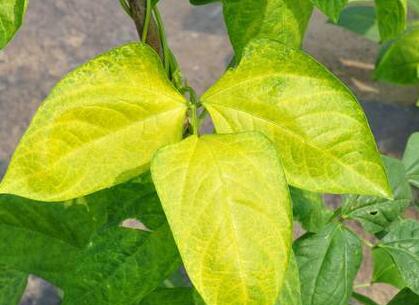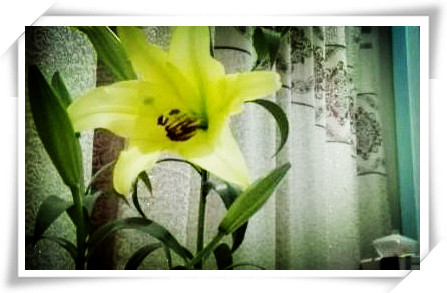What kind of plant is Selaginella officinalis? Is it a fern or a naked child?
Selaginella officinalis comes from Shennong Materia Medica Classic. "Southern Yunnan Materia Medica" is called Huiyang grass, "Compendium of Materia Medica" calls it long-growing grass, and "classified herbal medicine" calls it Huanghuancao. "Modern practical traditional Chinese medicine" calls it the grass that revives the dead. The "Jianjiang traditional Chinese Medicine Handbook" calls it to see water and return Yang grass. So what kind of plant is Selaginella officinalis? According to the plant data of Hunan, Selaginella officinalis is a fern, its root can separate from the soil, curl up like a fist, move with the wind, meet the water and prosper, and then drill back into the soil to look for moisture. Because of its strong drought tolerance, it can stretch again as long as the root system is soaked in water after a long period of drought, so it is named. Selaginella officinalis is not only a kind of foliage plant, but also can be used as medicine. it has the effect of hemostasis and convergence, and has remarkable effect in treating hematochezia, urine bleeding, nosebleed and so on.

Pteridophyta is a large group of higher plants. At the same time, it is also a lower class of higher plants. Often a tall woody plant, it became a big forest, flourishing in the late Paleozoic era and mostly herbaceous in modern times. Ferns can be divided into five subphyla: Pteris subphylum, stone pine subphylum, leek subphylum, wedge leaf subphylum, true fern subphylum.
The leaves of general ferns have the function of producing organic nutrients by photosynthesis and producing spores for reproduction (that is, homomorphic leaves). Ferns are the oldest terrestrial plants. In the history of biological development, it has been 350 million to 270 million years from late Devonian to Carboniferous, which was the most prosperous period of ferns and was the main plant group on the earth at that time. Tall scale wood, seal wood, Reed wood and tree ferns together formed the ancient swamp forest. Since the end of Permian, a large number of pteridophytes became extinct, and their remains were buried underground, forming coal seams.
There are about 12000 species of pteridophytes, widely distributed all over the world. Most of them are native, lithophytic or epiphytic, and a few are wet or aquatic. I like a wet and warm environment.
Pteridophytes live in mountains, plains, forests, grasslands, ditches, crevices and swamps, especially in tropical and subtropical areas. There are about 2400 species in China, mainly distributed in the provinces and regions south of the Yangtze River.
Time: 2019-04-13 Click:
- Prev

What about yellow beans?
Many farmers will encounter the problem of yellowing of bean leaves, whether it is yellowing of new leaves or yellowing of old leaves at the bottom. There are many reasons for yellowing of leaves. If effective measures are not taken in time, it will even cause no production in serious cases. The following is a recommendation for several effective measures for the yellowing of bean leaves under different circumstances.
- Next

Symptoms and control methods of lily leaf scorch disease of herbaceous bulbous plants
Lily is also called Qiangshu, Fanchiu, Shandan, Daoxian, Zhongmai, Zhongting, Moro, Zhongxiang, Zhongfenghua, Lily garlic, Dashifu garlic, garlic naoshu, night flower, etc. It is a perennial herbaceous bulbous plant belonging to Liliaceae, native to China, mainly distributed in eastern Asia, Europe, North America and other temperate regions of the Northern Hemisphere.
Related
- Fuxing push coffee new agricultural production and marketing class: lack of small-scale processing plants
- Jujube rice field leisure farm deep ploughing Yilan for five years to create a space for organic food and play
- Nongyu Farm-A trial of organic papaya for brave women with advanced technology
- Four points for attention in the prevention and control of diseases and insect pests of edible fungi
- How to add nutrient solution to Edible Fungi
- Is there any good way to control edible fungus mites?
- Open Inoculation Technology of Edible Fungi
- Is there any clever way to use fertilizer for edible fungus in winter?
- What agents are used to kill the pathogens of edible fungi in the mushroom shed?
- Rapid drying of Edible Fungi

